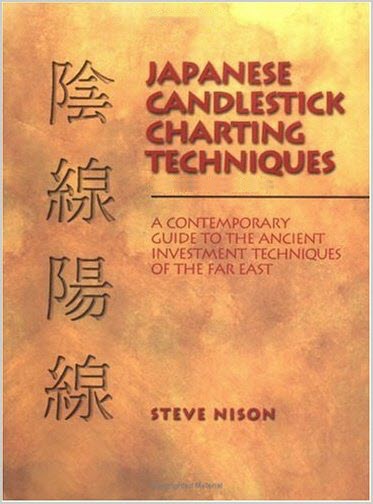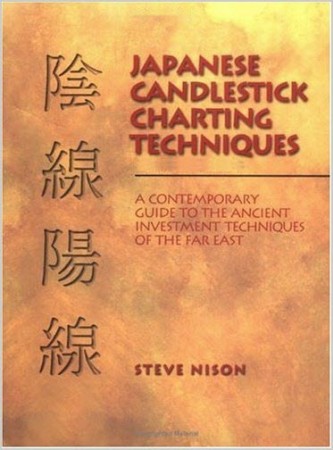(From the book, Japanese Candlestick Charting Techniques by Steve Nison pg.11-13)
*We recommend this book to all technical traders out there. Great book with indepth candle stick techniques.
Fundamental analysis is not involved in psychological component
The importance of technical analysis is multifaceted. First while fundamental analysis may provide a gauge of the supply/deman situations (i.e., price/earnings ratios, economic statistics) and so forth, there is no psychological component involved in such analysis. Yet the markets are influenced at times, to a major extent, by emotionalism. AS John Maynard Keynes stated, “There is nothing so disastrous as a rational investment policy in an irrational world.” Technical analysis provides the only mechanism to measure the “irrational” (emotional) component present in all markets.
In order to drive home the point about the importance of mass psychology, think about what happens when you exchange a piece of page called “money” for some item like food or clothing. why is that paper, with no intrinsic value, exchanged for something tangible? It is because of a shared psychology. Everyone believes it will be accepted so it is. Once this shared psychology evaporates when people stop believing in money, it becomes worthless.
Technical analysis is an important components of disciplined trading
Second, technicals are also an important components of disciplined trading. Discipline helps mitigate the nemesis of all traders, namely, emotion. As soon as you have money in the market emotionalism is in the driver’s seat and rationale and objectivity are merely passengers. If you doubt this, try paper trading. Then try trading with your own funds. You will soon discover how deeply the counterproductive aspects of tension, anticipation, and anxiety alter the way you trade and view the markets–usually in proportion to the funds committed.
Technicals can put objectivity back into the driver’s seat. They provide a mechanism to set entry and exit points, to set risk/reward ratios, or stop out levels. By using them, you foster a risk and money management approach to trading.
As touched upon in the previous discussion, the technical contribute to market objectivity. It is human nature to see the market as we want to see it, not as it really is. How often does the following occur? A trader buys. Immediately the market falls. Does he take a loss? Usually no. Although there is no room for hope in the market, the trader will glean all the fundamentally bullish news he can in order to buy his hope that the market will turn in his direction (as one of our advisory clients put it, “You root for your position.”) Meanwhile prices continue to descend. Perhaps the market is trying to tell him something. The markets communicate with us. We can monitor these messages by using the technicals. This trader is closing his eyes and ears to the messages being sent by the market.
If this trader stepped back and objectively viewed the price activity, he might get a better feel of the market. What is a supposedly bullish story is released and prices do no move up or even fall? That type of price action is sending out volume of information about the psychology of the market and how one should trade it.
I believe it was the famous trader Jesse Livermore who expressed the idea that one can see the whole better when one see it from a distance. Technicals make us step back and get a difference and, perhaps, better perspective on the market.
Chart actions are the major reason for a market move
Third, following the technicals is important even if you do not fully believe in their use. This is because, at times, the chart actions are the major reason for a market move. Since they are a market-moving factor, they should be watched.
People remember prices one day to the next
Fourth, random walk proffers that the market price for one day has no bearing on the price the following day. But this academic view leaves out an important component–people. People remember prices from one day to the next and act accordingly. To wit, people’s reactions indeed affect price, itself, is an important component in market analysis. Those who disparage technical analysis forget this last point.
The price action is the most direct method
Fifth, the price action is the most direct and easily accessible method of seeing overall supply/demand relationships. There may be fundamental news not knows to the general public, but you can expect it is already in the price. Those who have advance knowledge of some market-moving event will most likely buy or sell until current prices reflect their information.





